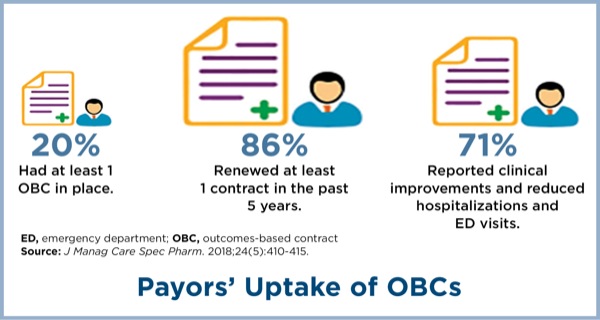The ROI on Pharmacy Benefit Management Services; New Study from PCMA
Things start to get murky when plan sponsors or their stakeholders are unsophisticated in the PBM space and make selection decisions on anything other than transparency first! Transparency (defining it, interpreting it and ultimately winning it) is by far the #1 factor in determing what you pay PBM services. Transparency is also more difficult to see, without a trained-eye, than buyers think. Most plan sponsors don’t know what they don’t know.
The PBM business is so complicated such that being part of a steering committee, every two to three years for 20 years, will only teach you the basics. PBM education is vital insofar as turning the tables on PBMs. Watch the brief video from Kaiser Health below.
Some of the primary supporters of PCMA have themselves self-admitted to not being responsible for containing their clients’ pharmacy cost. What’s the problem? It is the primary job of a PBM to contain our clients’ cost.
A radically transparent PBM makes money just one way – the administrative fee. When the administrative fee is artificially low (less than $4 per claim) forget it no way your PBM is transparent. In some form, it is generating huge overpayments or mark ups via hidden cash flow.
The findings in the new study are eye-opening. But, read on with a critical eye.
Major Findings:
- Pharmacy Benefit Managers (PBMs) help reduce prescription drug costs for 266 million Americans.
- PBMs save payers and patients 40-50% on their annual drug and related medical costs compared to what they would have spent without PBMs.
- PBMs save payers and patients an average of $962 per person per year.
- For every $1 spent on their services, PBMs reduce costs by $10.
- PBMs account for just 6% of the net cost of a prescription, while manufacturers account for 65%.
- Over the next 10 years, PBMs will help prevent 1 billion medication errors.
- PBMs improve drug therapy and prescription adherence in diabetes patients, helping to prevent some 480,000 heart failures, 230,000 incidents of kidney disease, 180,000 strokes, and 8,000 amputations annually.
- Through specialty pharmacy services, PBMs will help extend and improve the quality of life for patients with multiple sclerosis and rheumatoid arthritis by approximately 1 million Quality Adjusted Life Years (QALYs) over 10 years.









